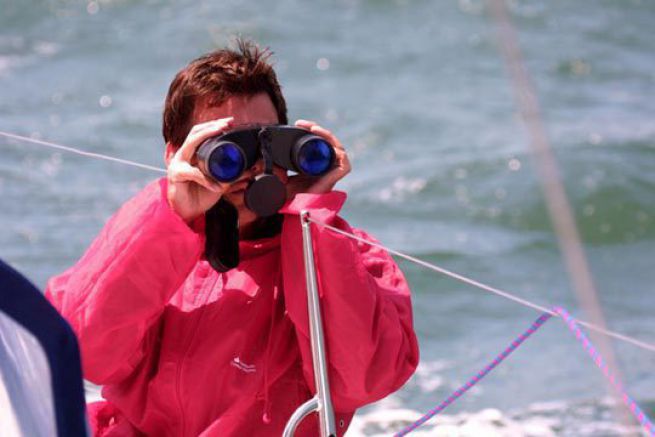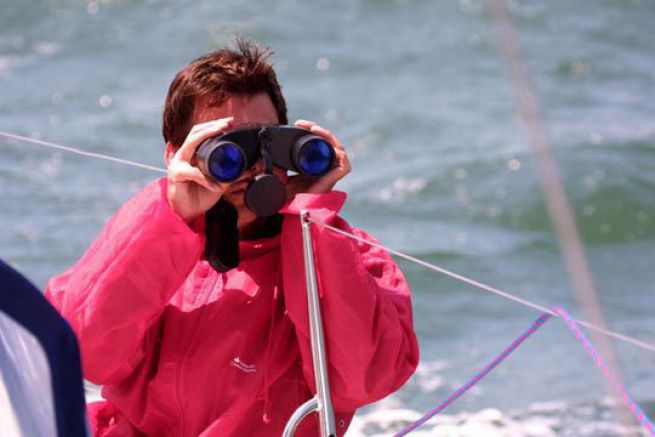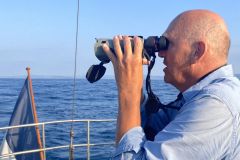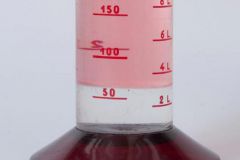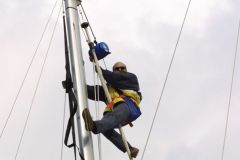A few key figures indicate the characteristics and quality of a pair of binoculars. Here's an overview to help you choose the right marine binoculars.
Other information such as waterproofing and the presence of a compass are also important. We'll come back to this in our tip "How to choose your marine binoculars" .
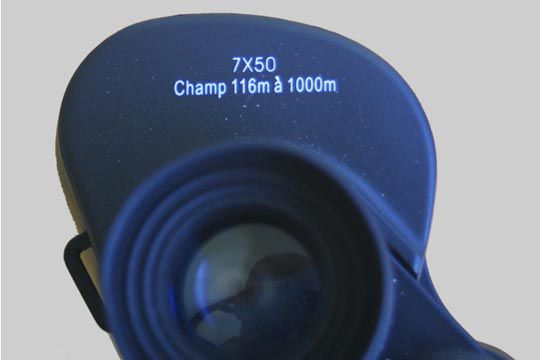
Magnification
This number corresponds to the power of the binoculars. With binoculars times 7 (x7), you see 7 times bigger. So you can see a man 700 meters away as if you were looking at a man 100 meters away with the naked eye. At sea, x7 magnification is considered ideal for unstabilized pairs of binoculars.
Lens diameter
When we talk about a pair of 7 x 50 binoculars, we've seen that they magnify 7 times. The second number corresponds to the diameter of the objective (here 50 mm). The larger the diameter, the more light it lets in, and the better the binoculars perform, especially in difficult conditions (half-light, night...).
Brightness
This information is not usually given in the manufacturer's documentation. Brightness is the ratio between magnification and lens diameter.
Example: a pair of 7 x 50 binoculars has a brightness of 51. An 8 x 30 has a brightness of 14.1 (three times less!).
The field of vision
This value in meters (sometimes degrees) is the lateral width of the observation zone. The wider the field, the easier it is to spot your subject. The field of view is measured at 1000 meters. Mid-range binoculars have a field of view of 115 meters, while an excellent model can reach a field of view of 130 meters. Of course, this "performance" increases the selling price...

Light transmission
Light passes through marine binoculars to reach your eyes. Light transmission is the ability of optics to let light through. Depending on its quality, the crystal (glass) that makes up the lenses tends to retain more or less light.
Basic, untreated binoculars will show 70% light transmission.
Mid-range models, with coated optics, let 85% of light through.
The very top of the range can let 95% or even 98% of light through.
Often, only the manufacturers of high-performance binoculars advertise this light transmission coefficient. The others prefer not to mention this measurement, which is not an advantage of their product.
Minimum focusing distance
This is the shortest distance you can observe with binoculars, when the image is still sharp.
In marine applications, this distance is rarely used. Fix Focus binoculars - without sharpness adjustment - are generally sharp from 20 meters. That's enough for sea use.
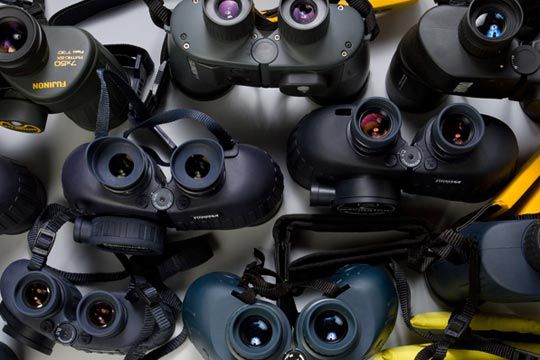
And since it's all a question of price, affordable binoculars are always less bright than top-of-the-range models, which also offer a very wide field of vision.
